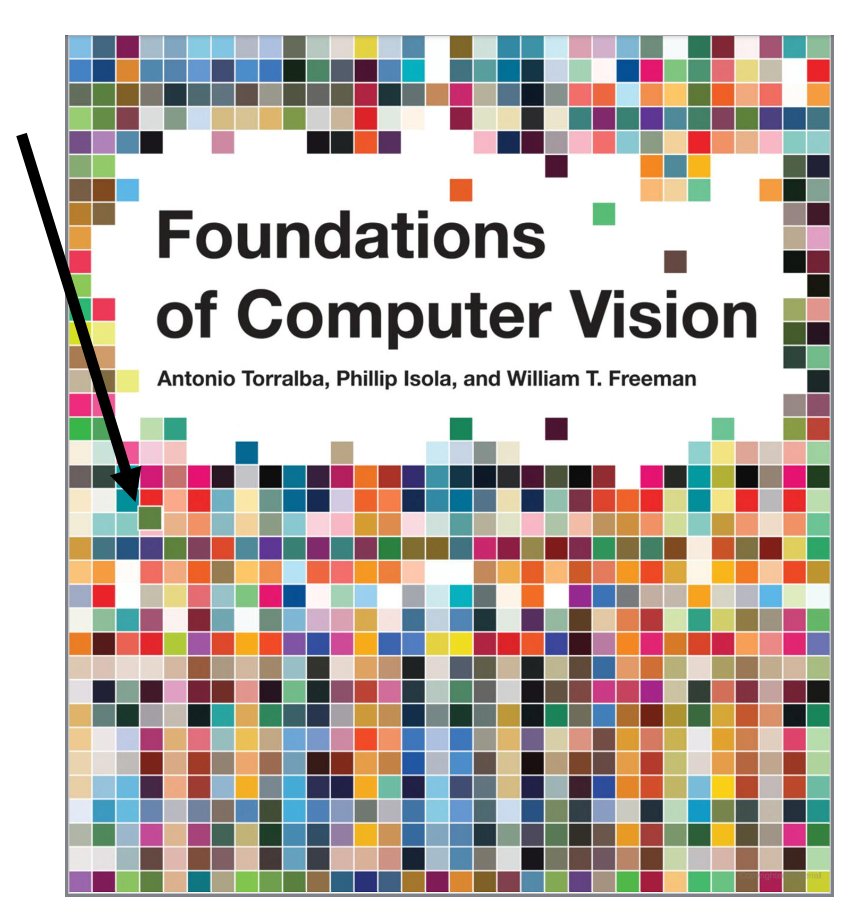
Linyi Jin
@jin_linyi
PhD Student @UMich | Student Researcher @GoogleDeepmind 2024 | Ex-Intern @Adobe 2021
ID: 1249885991583825920
http://jinlinyi.github.io 14-04-2020 02:23:52
68 Tweet
547 Followers
205 Following

great paper with awesome visualization on the browser! MegaSaM Accurate, Fast and Robust Structure and Motion from Casual Dynamic Videos mega-sam.github.io what an amazing team Noah Snavely Aleksander Holynski Angjoo Kanazawa Zhengqi Li Richard , Forrester Cole Qianqian Wang Linyi Jin









Hello! If you like pretty images and videos and want a rec for CVPR oral session, you should def go to Image/Video Gen, Friday at 9am: I'll be presenting "Motion Prompting" Ryan Burgert will be presenting "Go with the Flow" and Pascal CHANG will be presenting "LookingGlass"

This Saturday at CVPR, don't miss Oral Session 3A. Vision all-stars Qianqian Wang, Linyi Jin, Zhengqi Li are presenting MegaSaM, CUT3R, and Stereo4D. The posters are right after, and the whole crew will be there. It'll be fun. Drop by.



CAT4D: Create Anything in 4D with Multi-View Video Diffusion Models Rundi Wu Ruiqi Gao Ben Poole Alex Trevithick ChangxiZheng Jon Barron Aleksander Holynski




